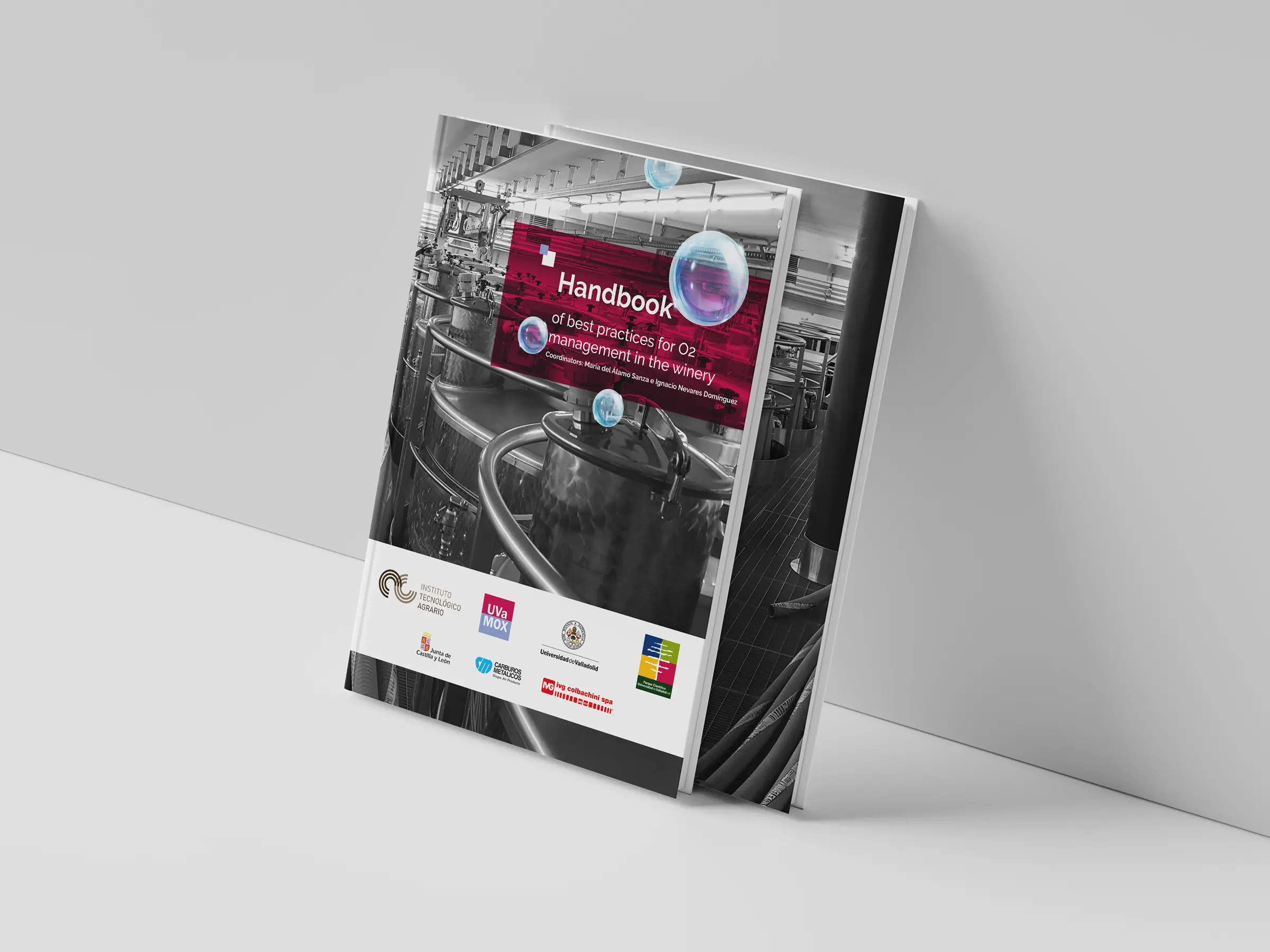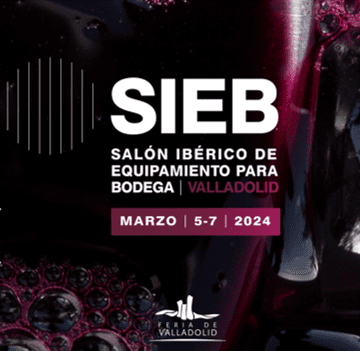Ratiometric Oxygen Imaging to Predict Oxygen Diffusivity in Oak Wood During Red Wine Barrel Aging
by Ignacio Nevares, Torsten Mayr, Jesus Angel Baro, Josef Ehgartner, Raul Crespo and María del Alamo-Sanza*
UVaMOX–UGraz
In this work just published in the Food and Bioprocess Technology journal, we present a high-resolution oxygen imaging approach to study the two-dimensional oxygen distribution inside an oak stave in contact with wine and that applies the series resistance model to explain the dynamic evolution of oak wood oxygen transfer rate (OTR). Oxygen flux throughout the oak stave has been studied by considering the wood as a permeable membrane with moisture content (MC) in a decreasing gradient from the wine-contacting side of the oak stave to the side in contact with atmospheric air in cellar conditions. The presence of different levels of liquid across the thickness of the wet stave modifies the oxygen diffusion flux, as the diffusion coefficient of oxygen in water is four orders of magnitude lower than in air. The stave resembles a multilayered membrane, where wood with an MC over the fiber saturation point represents a distinct layer. To that end, three simultaneous measurements were made, namely the MC profile of the wood within the thickness of the stave at different liquid-wood contact times, the OTR of the stave at those times, and finally the oxygen concentration profile within the thickness of the stave using planar optical sensors, a color camera, and ratiometric image analysis. The results show heat flux and oxygen flux that is analogous to that in a multilayer.




